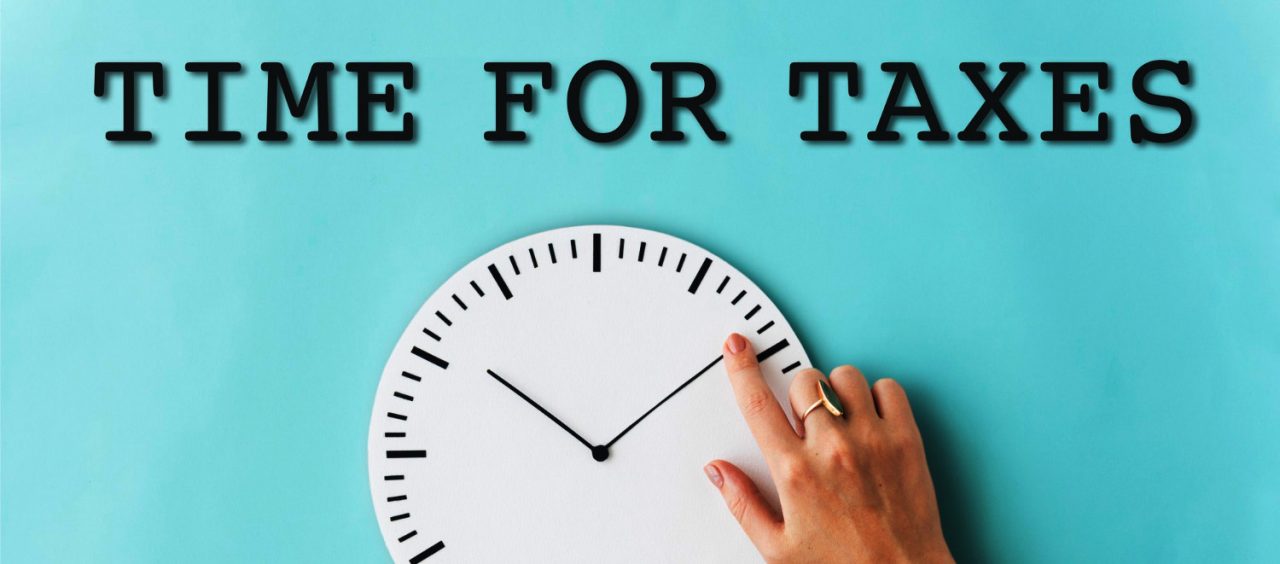The Internal Revenue Service Whistleblower Office released its first-ever multi-year operating plan PDFoutlining guiding principles, strategic priorities, recent achievements and current initiatives to advance the IRS Whistleblower Program.
The IRS Whistleblower Office administers claims from whistleblowers that identify taxpayers who may not be complying with tax laws or other laws the IRS administers, enforces or investigates.
“The IRS Whistleblower Office Operating Plan incorporates extensive feedback received from whistleblowers, whistleblower practitioners, IRS employees, oversight bodies and other program stakeholders,” said IRS Whistleblower Office Director John Hinman. “Whistleblower information that the IRS can act on is an important component of effective tax administration as it bolsters the fair, efficient and effective enforcement of our nation’s tax laws, the success of our voluntary tax system and our efforts to reduce the tax gap.”
The plan reflects a multi-year approach to improving processes and operations, expanding collaboration and outreach and integrating valuable stakeholder feedback.
The operating plan is framed around six strategic priorities:
- Enhance the claim submission process to promote greater efficiency.
- Use high-value whistleblower information effectively.
- Award whistleblowers fairly and as soon as possible.
- Keep whistleblowers informed of the status of their claims and the basis for IRS decisions on claims.
- Safeguard whistleblower and taxpayer information.
- Ensure that our workforce is supported with effective tools, technology, training and other resources.
Within these six strategic priorities, there are 38 initiatives addressing short-term and long-term focus areas to advance the program. Some of the initiatives will require completion of detailed, specific activities while other initiatives are broad. The plan identifies areas of significant importance while allowing flexibility to address other concerns that may arise.
The IRS is committed to continuous improvement of the Whistleblower Program through ongoing collaboration with program stakeholders.
Assistance from whistleblowers
The IRS appreciates the valuable assistance it receives from whistleblowers and the whistleblower practitioner community. An effective whistleblower program provides an invaluable deterrence against non-compliance with tax laws, and whistleblower information significantly boosts revenues while improving tax fairness.
Since the inception of the IRS Whistleblower Office in 2007, the Whistleblower Office has made awards of over $1.3 billion based on the collection of more than $7 billion attributable to whistleblower information. In fiscal year 2024, the IRS paid awards totaling $123.5 million based on tax and other amounts collected of $474.7 million attributable to whistleblower information. The total dollar amount of awards paid in fiscal year 2024 was the third highest in the program’s history. The awards paid to whistleblowers generally range between 15% and 30% of the proceeds collected and attributable to their information.
Individuals with specific, timely, credible, relevant and significant information regarding non-compliance with any laws the IRS is authorized to administer, enforce or investigate are encouraged to consider filing a Form 211, Application for Award for Original Information PDF, to be considered for an award.
Source: IRS-2025-53, April 18, 2025










